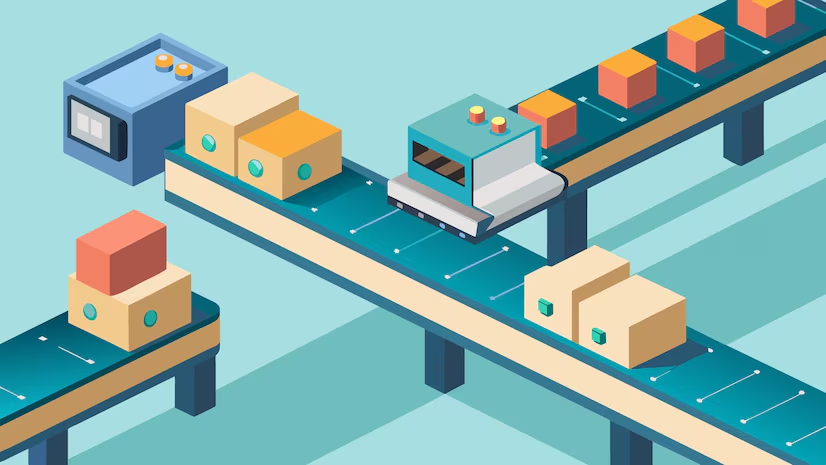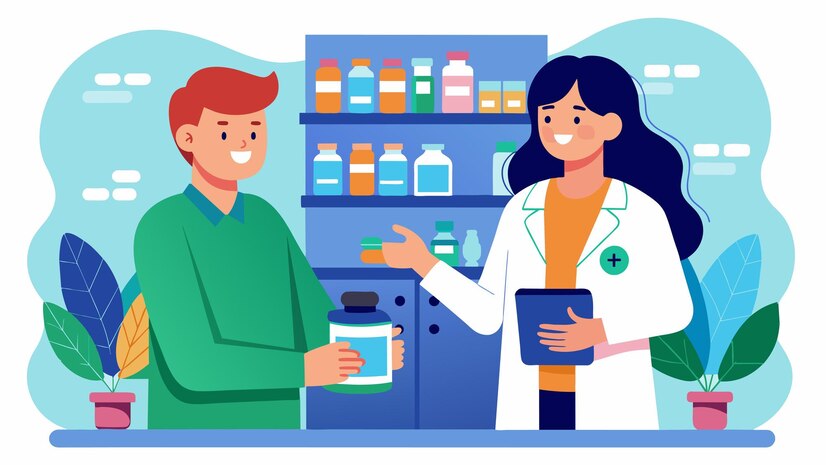Counterfeit medications are becoming a bigger concern to public health around the world because they put patients at serious risk and destroy public confidence in healthcare systems. Counterfeit pharmaceuticals are still finding their way into the legal supply chain, even with measures to stop them from being distributed. Developing methods to tackle this widespread problem requires an understanding of how these illegal products get onto the market.
Recognizing Counterfeit Pharmaceuticals:
- Products that are knowingly and dishonestly mislabeled with respect to their identification, content, or source are considered counterfeit medications.
- They might have dangerous compounds, improper dosages, inactive ingredients, or erroneous ingredients.
- These counterfeit medications come in a variety of forms, such as over-the-counter items, generic medications, and life-saving medications.
Pathways of Penetration:
There are several ways that counterfeit medications enter the legitimate supply chain. Here are a few of the main routes:
1: Weak Regulatory Environments:
- The prevalence of fake medications is higher in nations with weak regulatory environments.
- False pharmaceutical suppliers can infiltrate the supply chain by taking advantage of gaps in pharmaceutical rules that are not adequately enforced.
- The issue is made worse by corruption and a shortage of funding.
2: Complicated Worldwide Supply Chains:
- With several producers, distributors, and intermediaries, the pharmaceutical supply chain is frequently complex and international.

- Criminals have a lot of chances to launch fake goods because of this complexity.
- Counterfeit medications can get through the cracks at any point, from obtaining raw materials to ultimate distribution.
3: Online Pharmacies:
- Counterfeiters now have a direct path to consumers because to the growth of online pharmacies.
- Many online pharmacies operate without the required licenses and mislead customers by selling counterfeit medications.
- It is difficult to properly regulate and supervise these Internet sources because to their anonymity and global reach.
4: Compartmental Sales and Repackaging:
- The lawful practice of buying drugs in one nation and reselling them in another, known as parallel trade, may unintentionally make it easier for fake medications to enter the market.
- It is possible for genuine and counterfeit goods to be combined during repackaging and relabeling.
- This is especially problematic in areas where the cost of drugs varies.
5: Inadequate Track & Trace System:
- Pharmaceutical supply chain movement requires the use of efficient track and trace technologies.
- Antiquated or insufficient systems impede the capacity to identify and stop the spread of fake medications.
- Ensuring the legitimacy of products requires the implementation of strong serialization and tracking systems.
Case Studies: How Counterfeit Medicines Penetrate the Legitimate Supply Chain:
The way that fake medications infiltrate the official supply chain has been illustrated by a number of high-profile cases:
Case #1:
Heparin Contamination (2008):
- A blood thinner called heparin that was contaminated came from China and killed a number of people in the US.
- The instance demonstrated the need for stronger quality control procedures as well as flaws in the worldwide supply chain.
Case #2:
Fake Avastin (2012):
- In the US healthcare system, counterfeit forms of the cancer medicine Avastin were found.
- The fake medications were devoid of active ingredients and were distributed by unlicensed vendors, underscoring the risks associated with insufficient supplier due diligence.
Strategies to Combat Counterfeit Medicines:
A diverse strategy is needed to combat the spread of counterfeit medications:
Strengthening Regulatory Frameworks:
- To guarantee strict control over the production, distribution, and sale of pharmaceuticals, governments must improve their regulatory frameworks.
- This includes numerous audits and inspections in addition to higher penalties for non-compliance.
Implementing Advanced Track & Trace Technologies:
- Transparency and accountability in the supply chain can be increased by implementing cutting-edge track and trace technology like blockchain and RFID. By enabling real-time pharmaceutical product monitoring and verification, these technologies lower the possibility of counterfeit goods.
Raising Public Awareness:
- It is essential to inform consumers about the risks associated with fake medications and how to recognize reliable suppliers.
- Campaigns to raise public knowledge can urge vigilance when buying prescription pharmaceuticals and assist lower the demand for illegal substances.
International Cooperation:
- International cooperation is needed to combat the global threat posed by counterfeit medications.
- To destroy counterfeit networks, nations must cooperate to exchange information, standardize laws, and plan enforcement actions.
Enhancing Online Pharmacy Regulations:
- The selling of counterfeit drugs can be stopped by regulating internet pharmacies and making sure they run ethically and lawfully.
- Consumers can find trustworthy internet pharmacies by putting verification procedures in place, like the Verified Internet Pharmacy Practice Sites (VIPPS) initiative.
Pharma Serialization helps in Identifying Counterfeit Drugs:
- In the pharmaceutical sector, serialization refers to giving every single medicinal package or unit a unique code that is monitored all the way through the supply chain.
- The product's batch number and expiration date are among the details contained in the unique code, which can be either a barcode or a 2D matrix code.
- Serialization makes it possible for patients and medical professionals to confirm a drug's legitimacy before using it, which aids in the identification and verification of fake medications .
- They can confirm that the medication is authentic and hasn't been tampered with by scanning the code with a smartphone or other portable device.

End-To-End Supply Chain Traceability Help To Fight Counterfeit Drugs:
- The movement and storage of items may be out of your control in an inefficient supply chain.
- Counterfeiters may find it simpler to get counterfeit goods into the market as a result.
- Counterfeiters can take advantage of these weak points, such poorly run transportation networks or warehouses.
- Utilizing the serialization that is already in place on pharmaceutical packaging, you can keep an eye on your goods as they move through the supply chain and create a transparent chain of custody.
- Counterfeit goods will find it extremely difficult to get through the supply chain undetected due to this visibility and the verifications conducted at various stages.
World BI Pharma Supply Chain Conferences:
A complicated and multidimensional problem that poses serious threats to public health is the entry of counterfeit medications into the authorized supply chain. By comprehending the methods by which these illegal goods get into the market and putting strong technological, regulatory, and cooperative safeguards in place, we can keep the pharmaceutical supply chain intact and safeguard consumers. Fighting fake drugs is a never-ending struggle that needs creativity, international collaboration, and awareness to guarantee the efficacy and safety of pharmaceuticals everywhere. WorldBI Pharma Supply Chain Conference orchestrates exclusive gatherings and meetings, providing a platform where esteemed directors, Chief Marketing Officers (CMOs), and Vice Presidents (VPs) hailing from diverse corporations convene with a common objective to cultivate widespread awareness on a global scale. Give us a call or send an email to World BI.
We look forward to assisting with all of your supply chain needs.